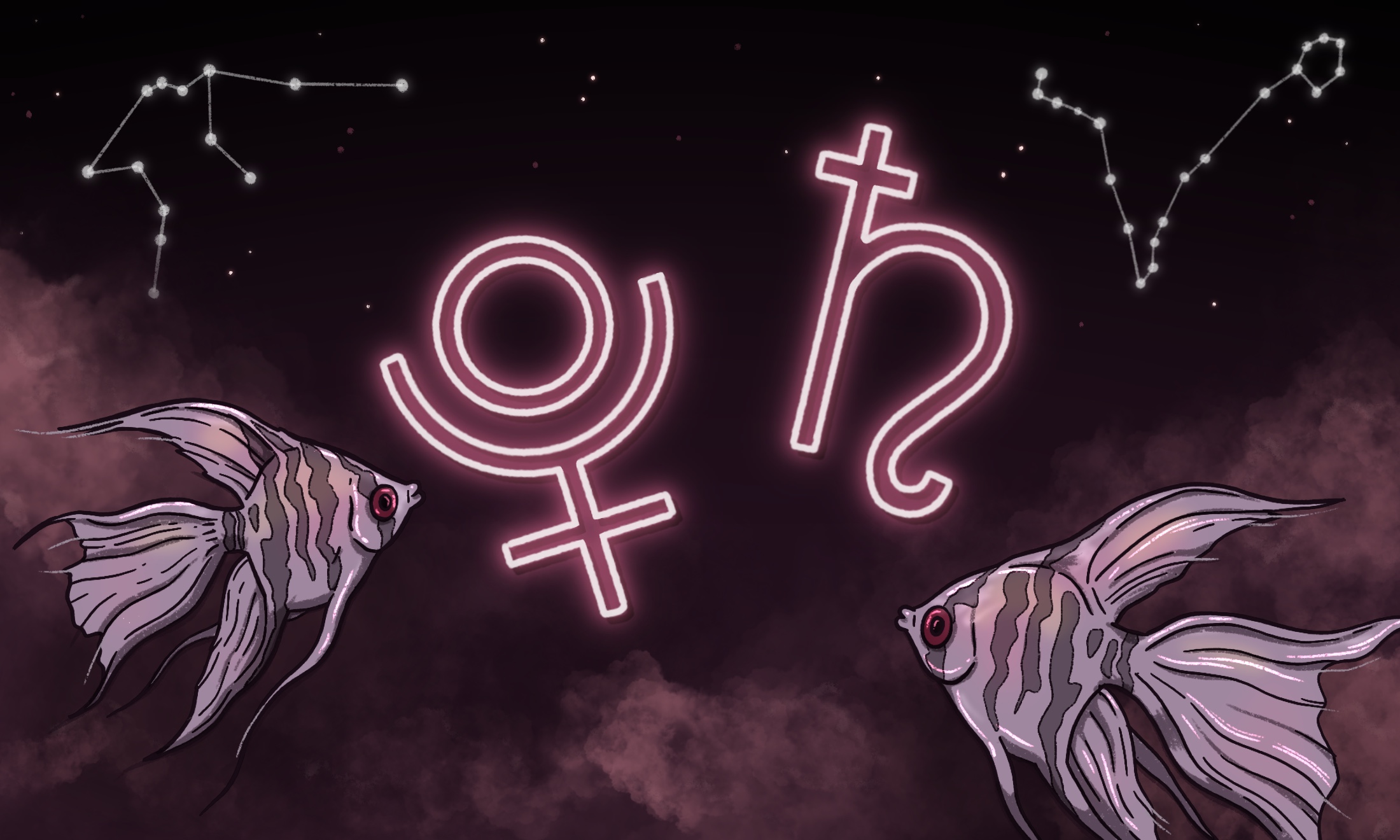
As a self-proclaimed beauty lover, beauty is one of those simple pleasures that never fails to excite me. From makeup, skincare to haircare, I love researching new products to add to my beauty list (whether I end up buying them or not is another story), watching tutorials and relishing in the gratification that comes from buying a product that works perfectly for me. At its best, beauty is a fun form of self-expression.
At its worst though, beauty is a machine. It’s notorious for pushing beauty standards that exclude anyone who doesn’t fit or at least try to conform to its narrow requirements (think Eurocentric features, long hair and a slim body) all in the name of profit. It’s an industry that thrives off of trends, carefully selecting “attractive” elements of cultures from all over the world to be re-purposed, targeted and packaged to beauty consumers.
“That’s a beauty look that’s unattainable to me, no matter how popular it is”
Except for consumers that look like me. Trends are currency in the beauty industry, they come and go (and come back again), but for the most part, I know that they aren’t made with me, and other black women, in mind. “French girl beauty” is one example of a beauty trend that is synonymous with whiteness. Inspired by the likes of Jane Birkin, Léa Seydoux and Clémence Poésy, it is all about “undone beauty”; clean, fresh skin, an effortlessly subtle smokey eye here and there or a simple red lip (but never together though) always paired with straight out of bed hair. That’s a beauty look that’s unattainable to me, no matter how popular it is.
Bed-head just doesn’t work on natural hair (or relaxed hair for that matter). We already have to deal with the negative stereotypes that label natural hair as “unprofessional”, “unkempt”, or “rough”. My own hair doesn’t fall nor would it look good with a choppy, feathered fringe because it was never made to do those things. It’s a shame that as a beauty lover, who is a black woman before anything else, not being a priority for major beauty brands and having to go out and spend that extra money comes with the territory.
“Women of African and Caribbean descent are reported to spend six times more on cosmetics than other ethnic groups“
Despite this, I think it’s important to recognise that the beauty industry is one that profits heavily from black women. In the UK, women of African and Caribbean descent are reported to spend six times more on cosmetics than other ethnic groups, while African American women spend around $7.5 billion a year on beauty products. Trends like “boxer braids”, “high fashion” gelled down baby hairs, acrylic nails as well as the ever-growing obsession with full lips are watered down and repackaged from the original source and sold to the masses. Surely, the same things that were once ridiculed and looked down upon can’t possibly be a trend? Yet they make their way to glossy mags and online platforms, celebrated as new and innovative. That’s the reality I guess, to simultaneously have your likeness recreated and your presence ignored.
As each year passes, there are more and more efforts to subvert these standards and de-centre beauty from whiteness, changing the conversation around what it means to be beautiful. Social media has provided a place to celebrate our beauty amongst ourselves, where the beauty-obsessed can try out looks, find suitable products and create the images that are lacking in the mainstream. Still, there’s this “no makeup-makeup” vs “beat face” dichotomy when in reality, the majority of us fall somewhere in the middle.
“I accept my personal approach to beauty as one that works for me. I’m no beauty expert but my hours of YouTube schooling must have amounted to something”
Beauty standards will always exist everywhere and trends will always come and go. That’s why I’ve decided that creating my own beauty standards is the biggest mood of 2018. In the same vein as my daily reminder to be my best self, I accept my personal approach to beauty as one that works for me. I’m no beauty expert but my hours of YouTube schooling must have amounted to something. I’m somewhere between Glossier and MAC, favouring creamy products for my dry skin, sheer bases, lots of highlighter, possibly blush and both bold and sheer lip products. And a lot of the time I wear no makeup at all. My hair, both out in its natural state and away in a protective style work as long as my strands remain clean and moisturised.
I look to both my past and present. Leafing through old photo albums, I see pictures of mum probably in the mid-eighties, years after she first came to London, she’s wearing glossy red lips paired with sheer red cream blush. She looks great and I pretty much have 90% of her face including her cheeks, so I make a note to try that. I think of buying lip liners, reminiscent of aunties at parties (minus the silver lipstick). Instead of trying to minimise the appearance of my small, hooded eyes, I want to emphasise them. I look at black women online and in real life as inspiration but not a mirror to how I should look. I can celebrate their beauty and celebrate mine too, we’re similar but different.
This year, there is no beauty standard to achieve or reach, because I’m my own beauty standard. Saying it aloud sounds conceited and slightly unwarranted but for my own personal sake, it’s needed. How I think and approach beauty is changing and whilst I can’t deny that it’s not always easy to tune out the outside noise with regards to how I should look as a black woman, beauty has never seemed more fun and accessible.








